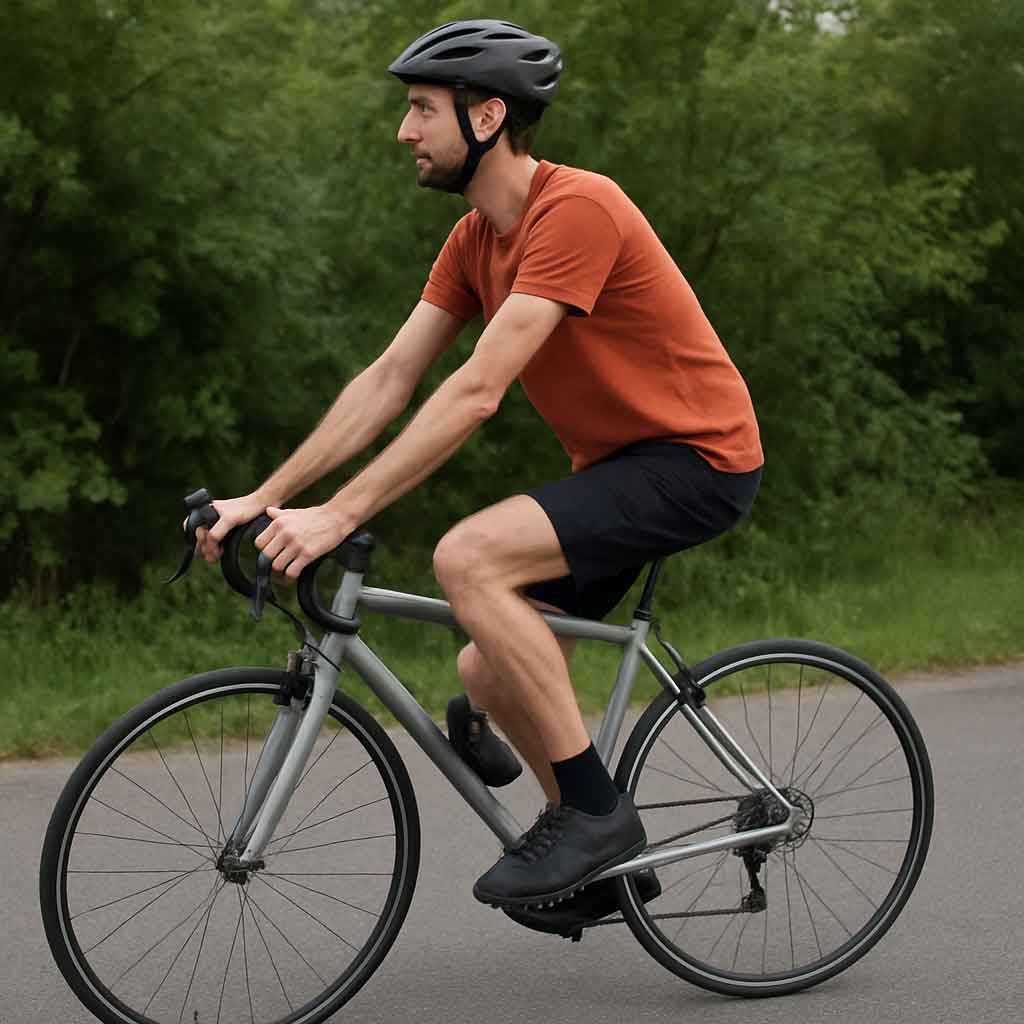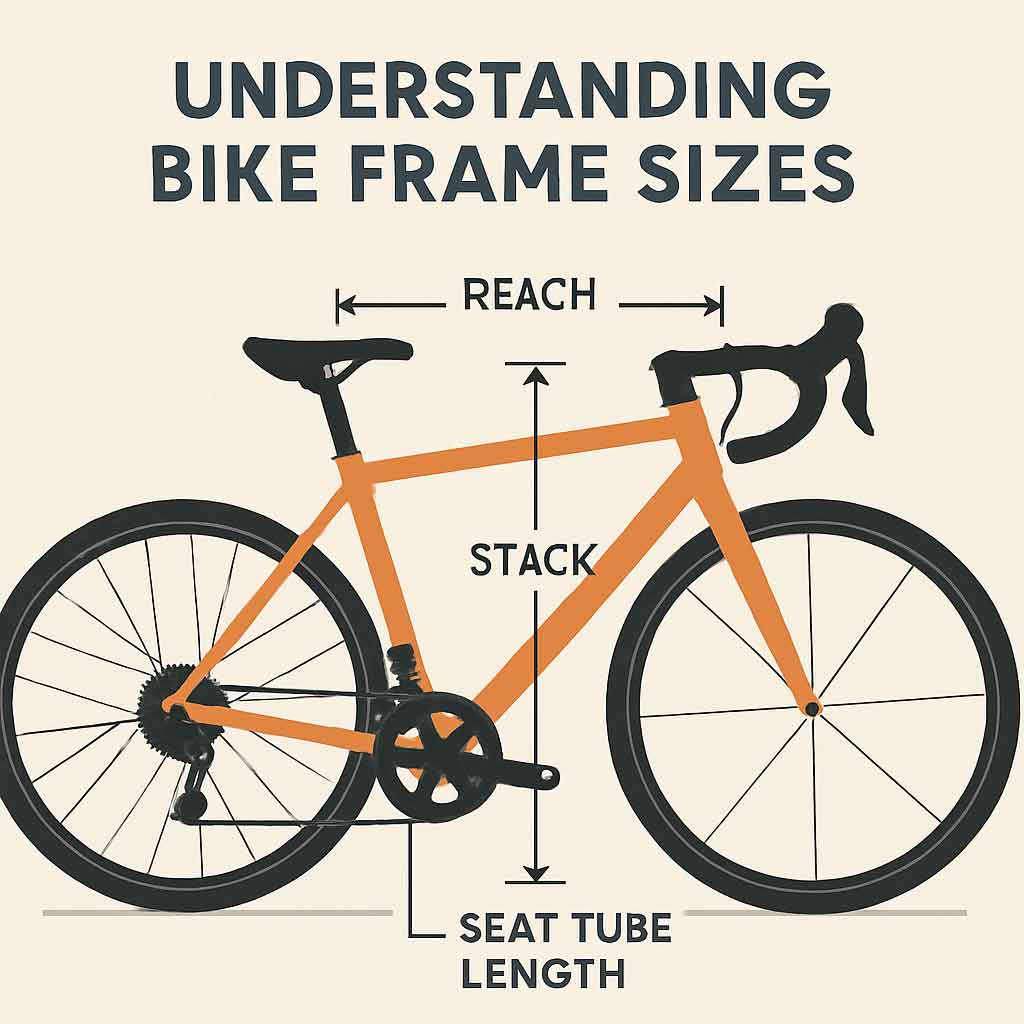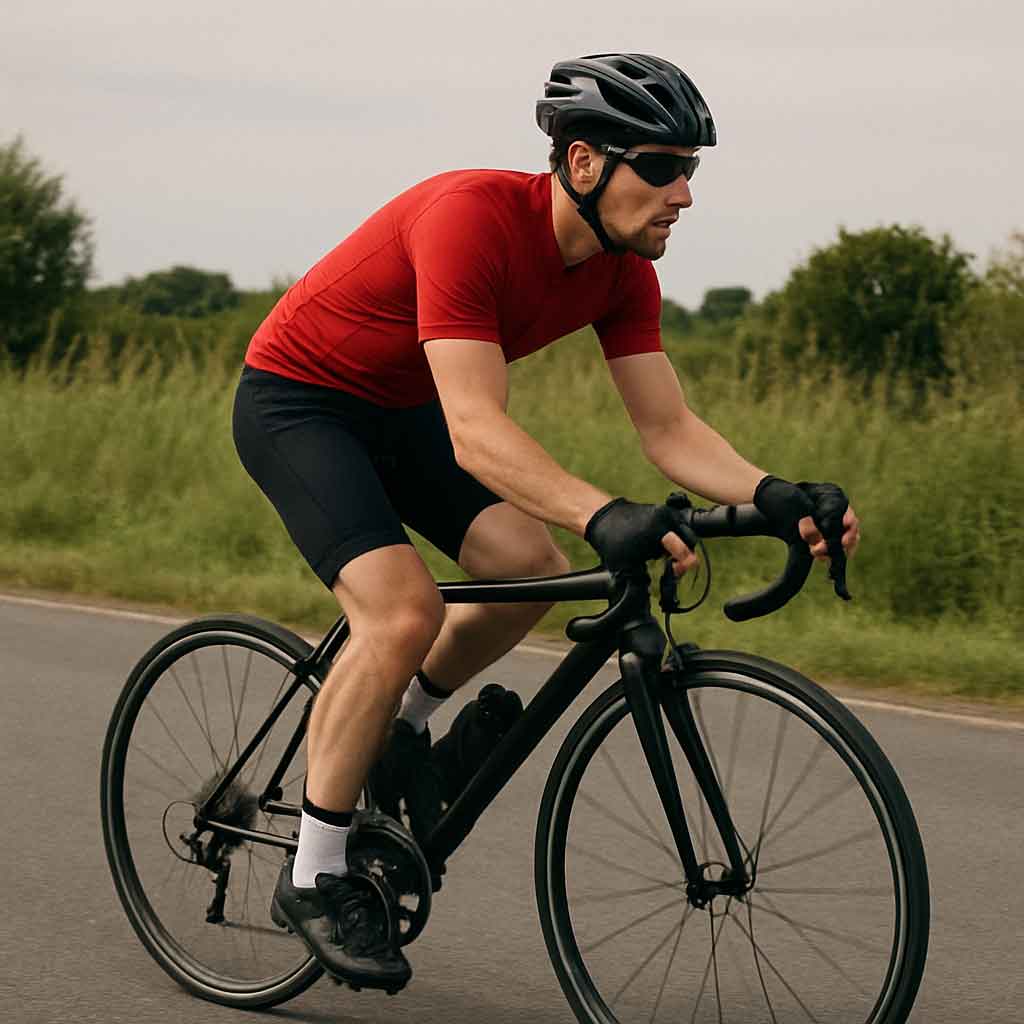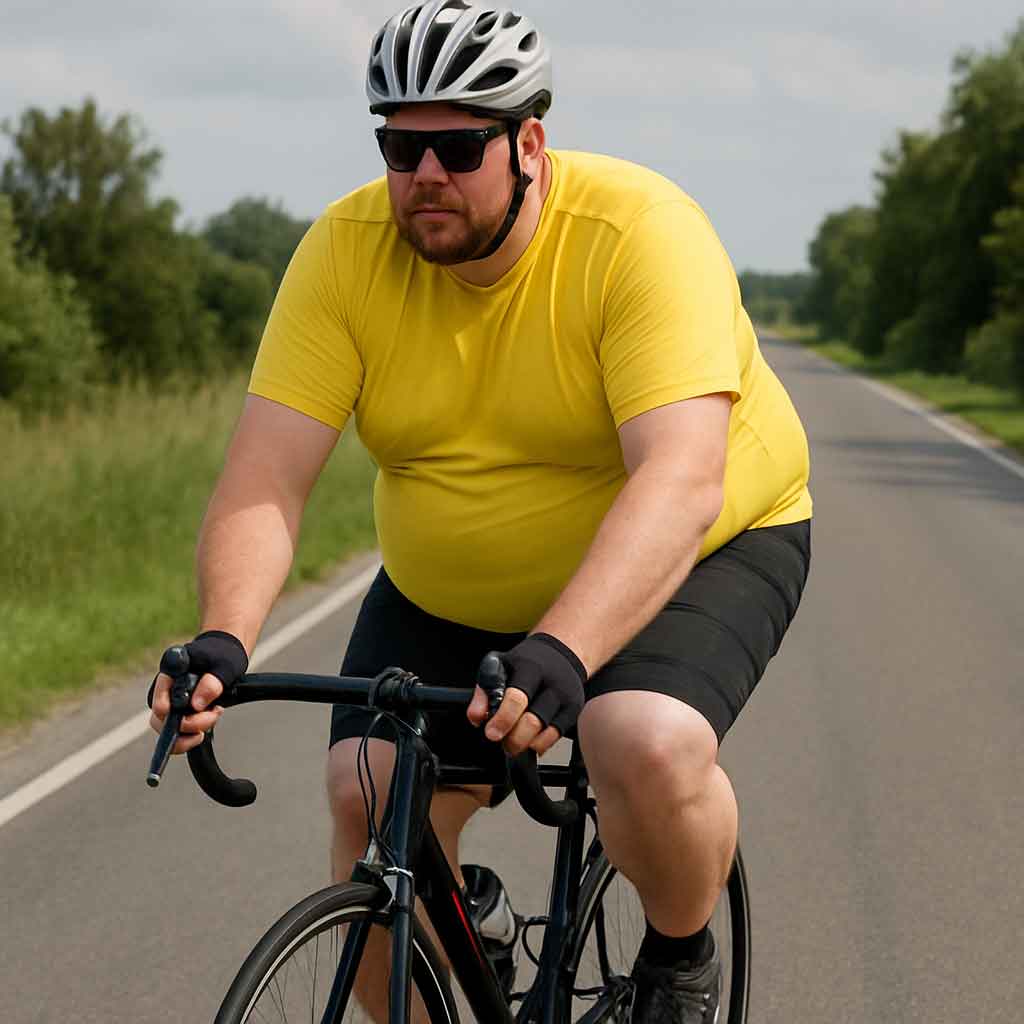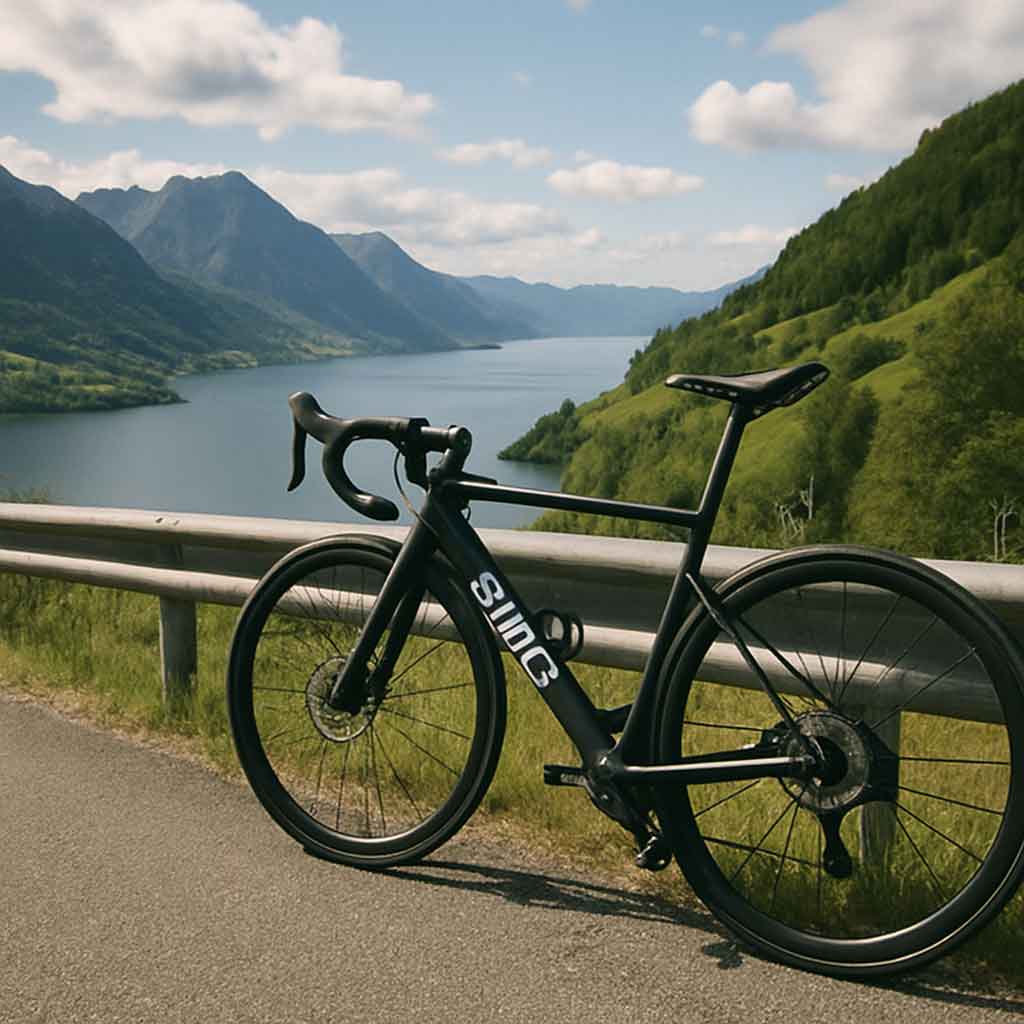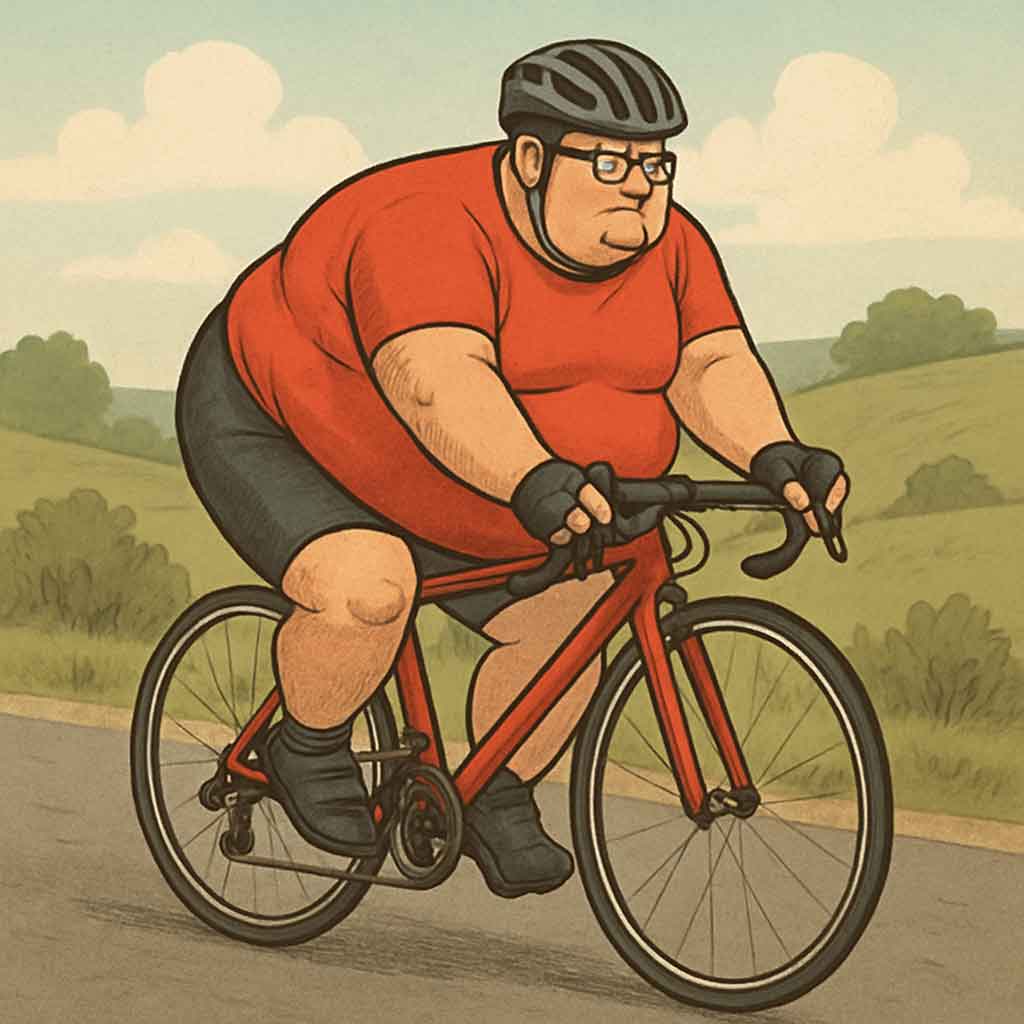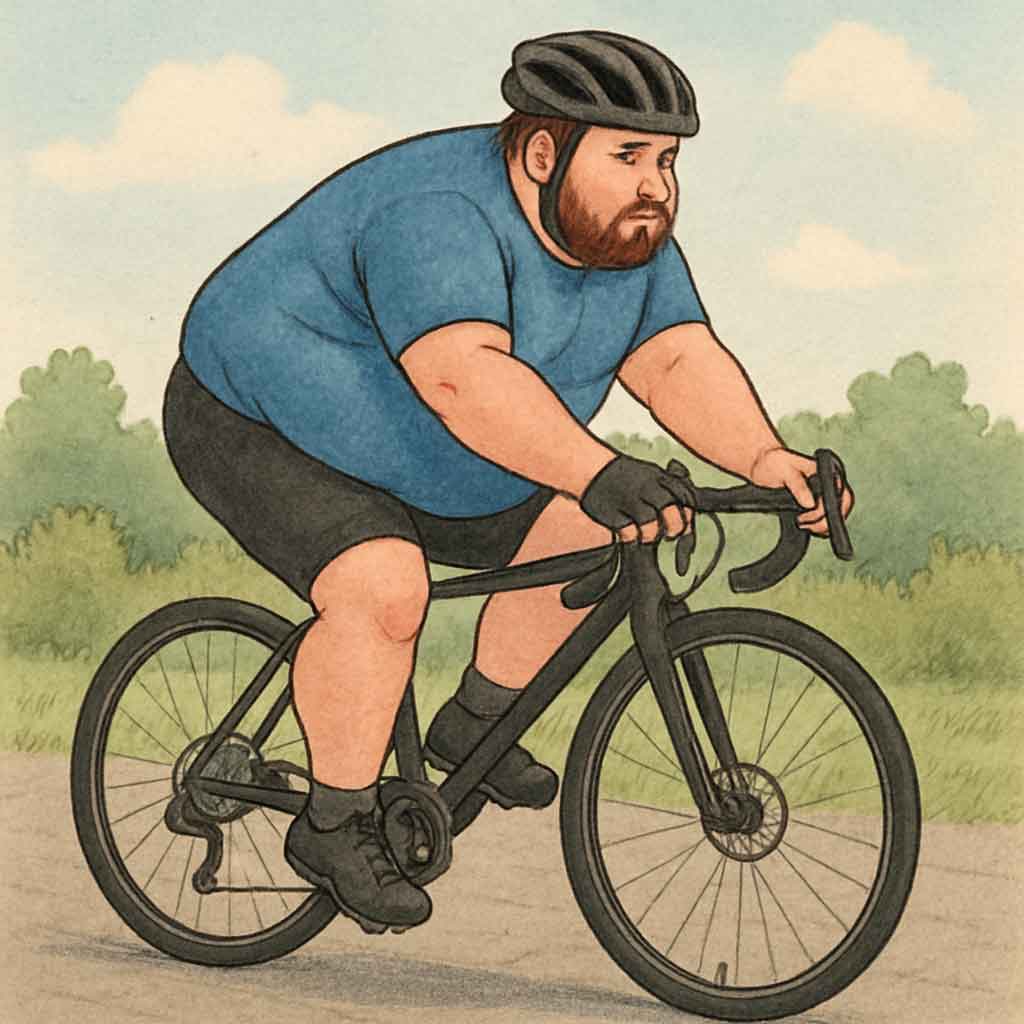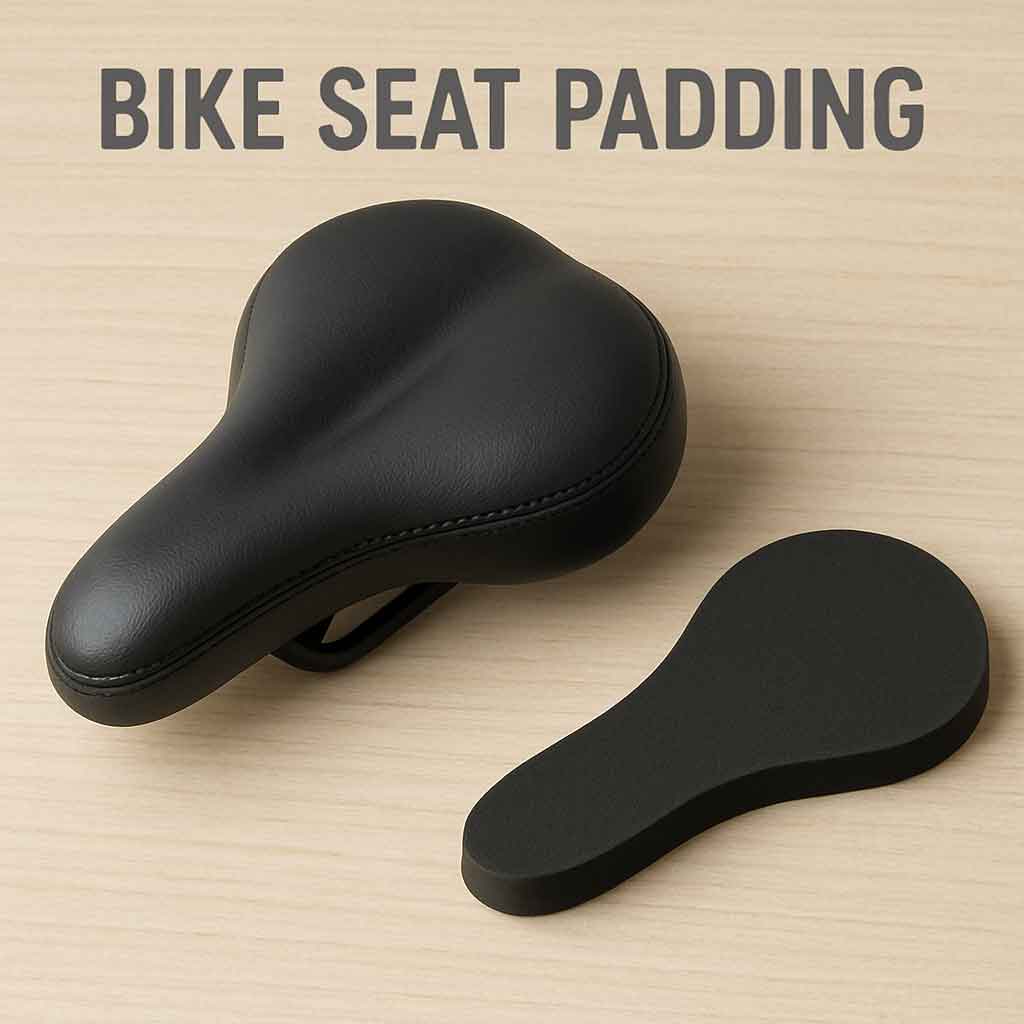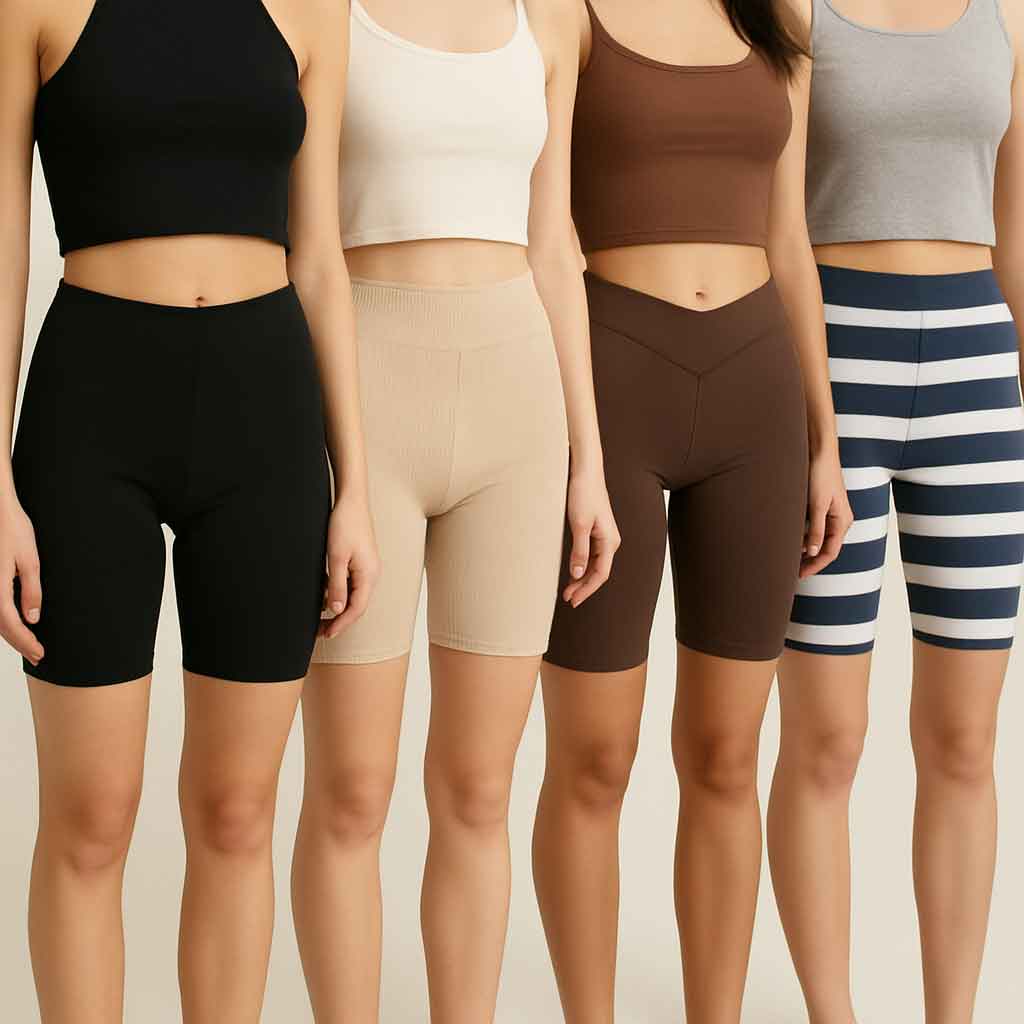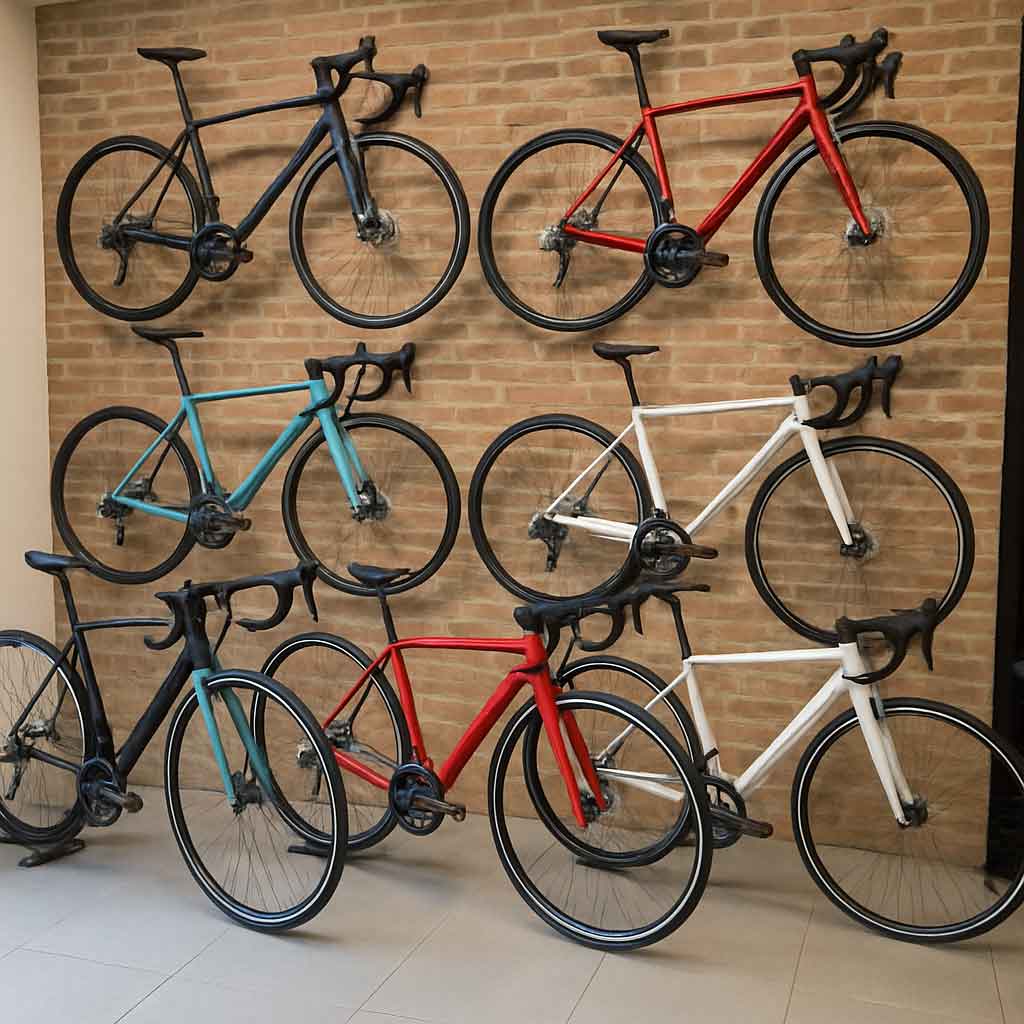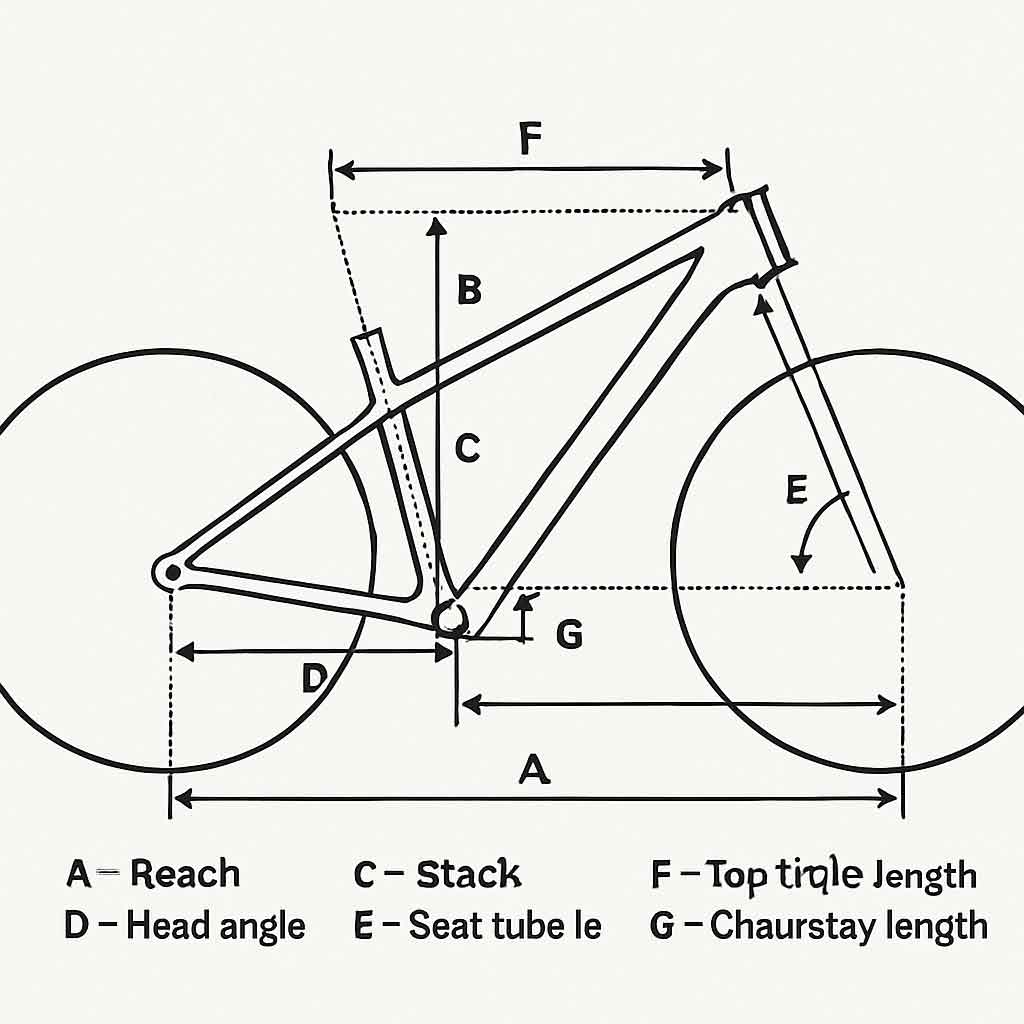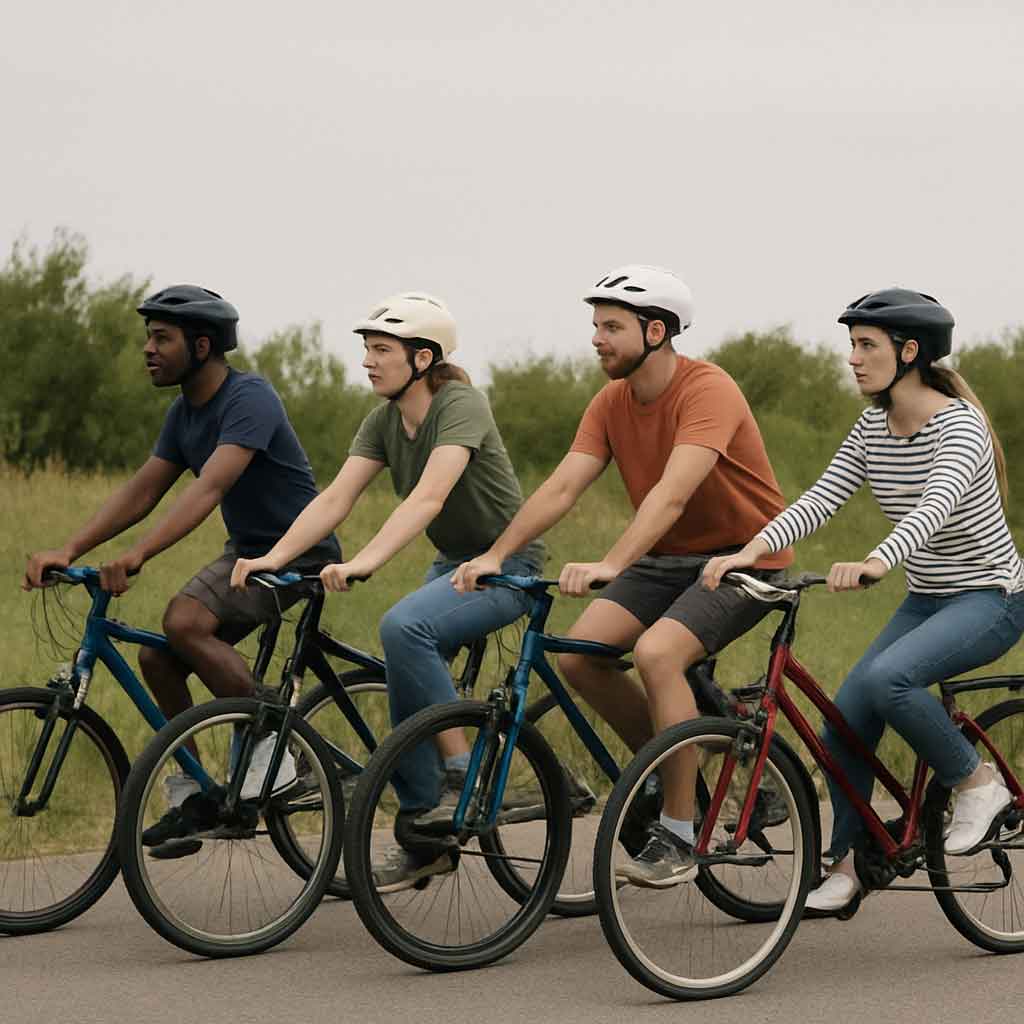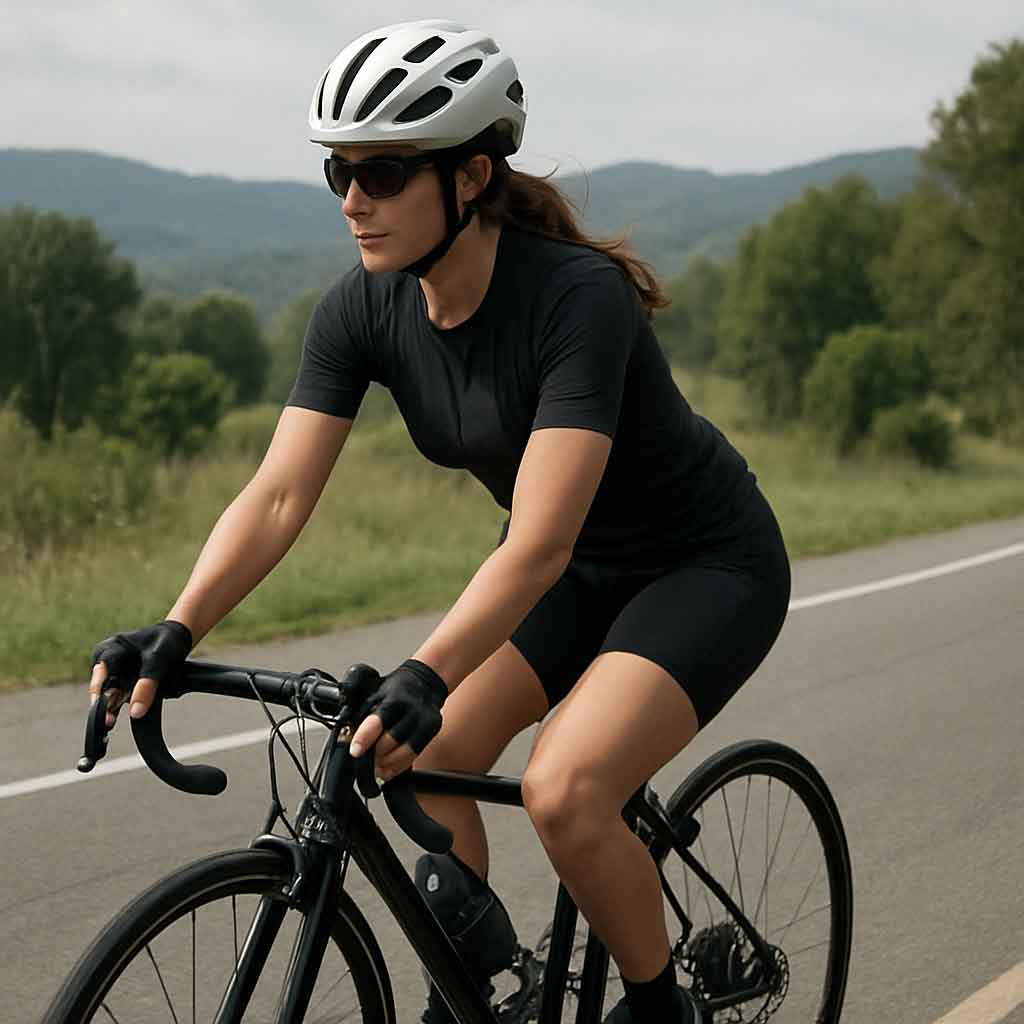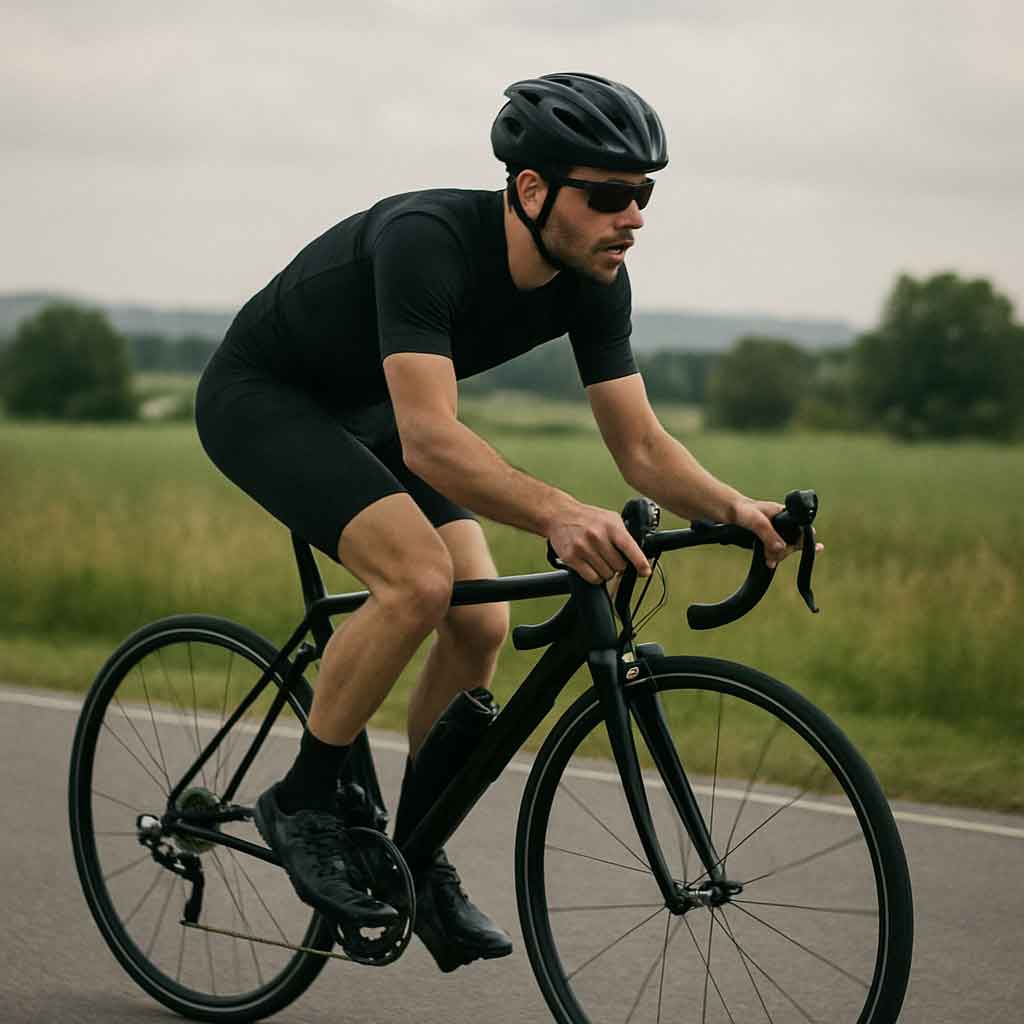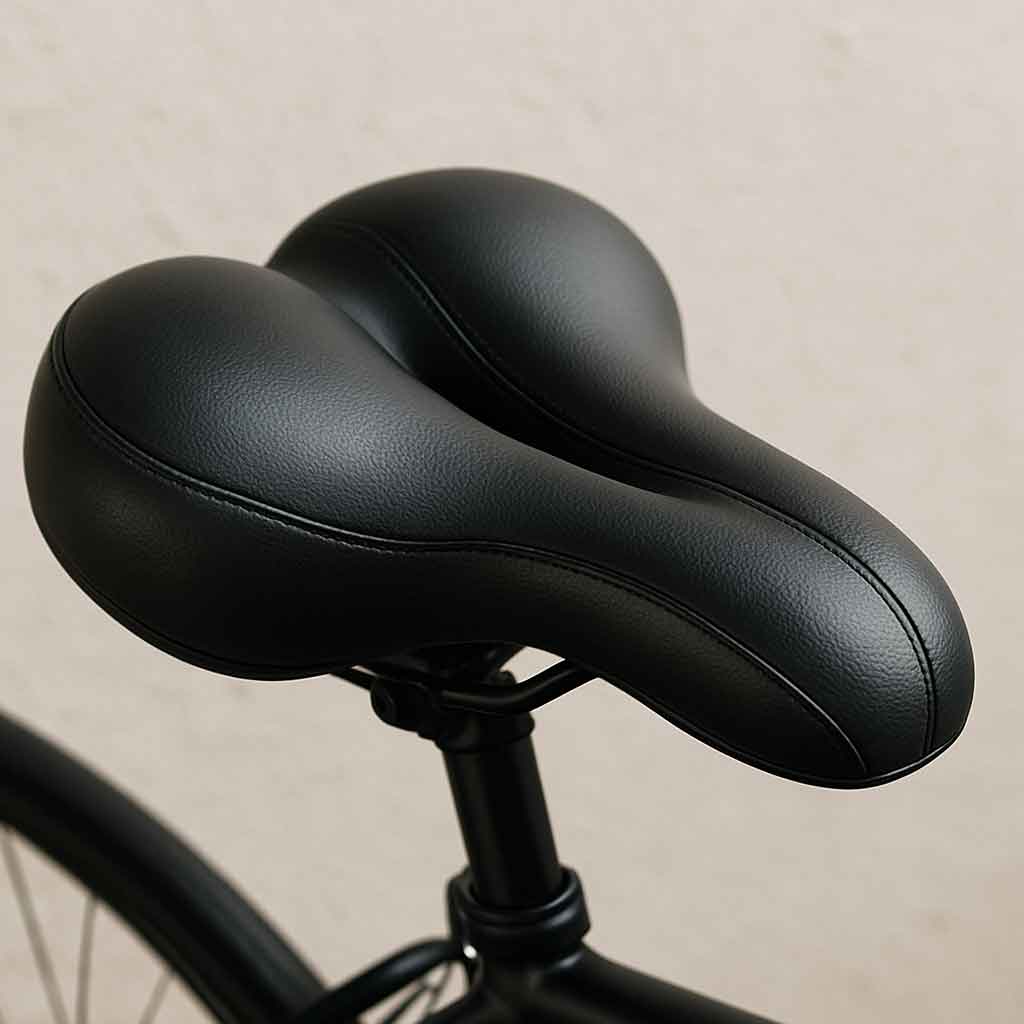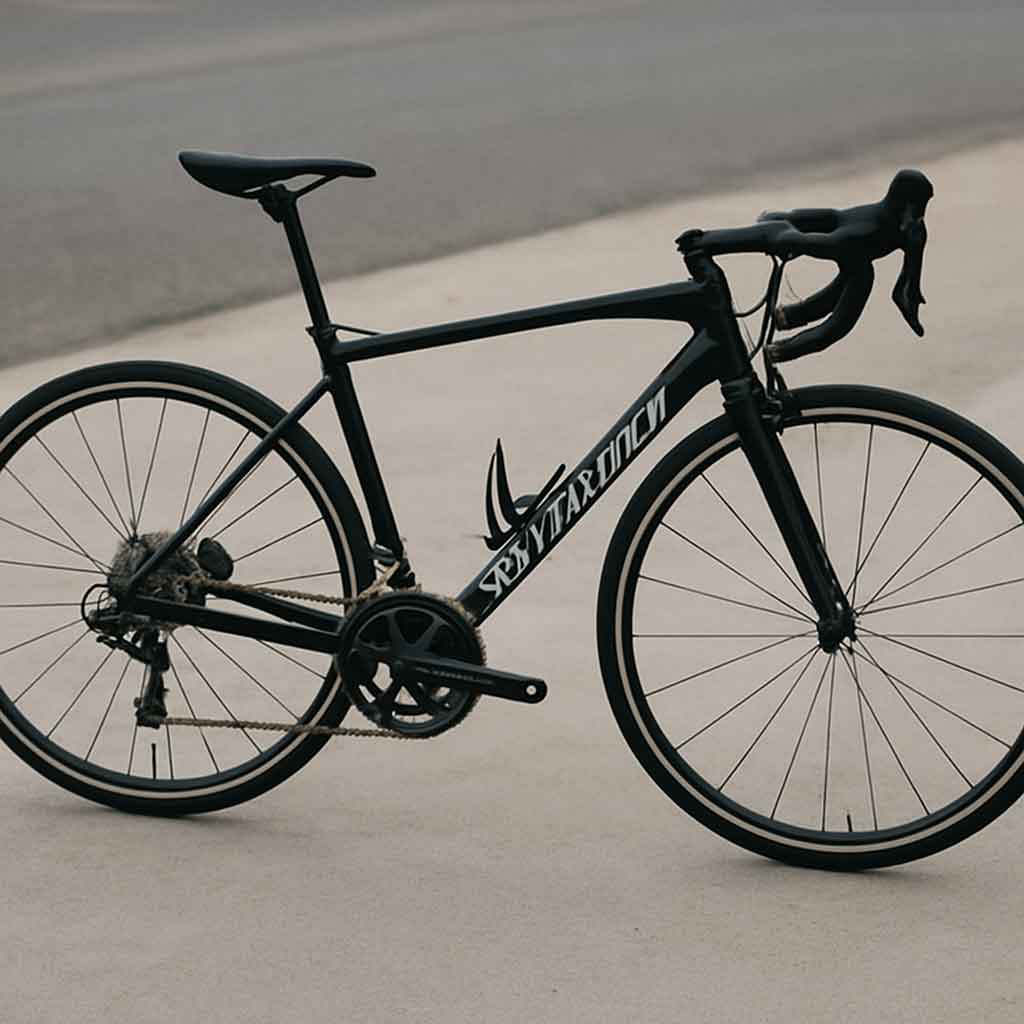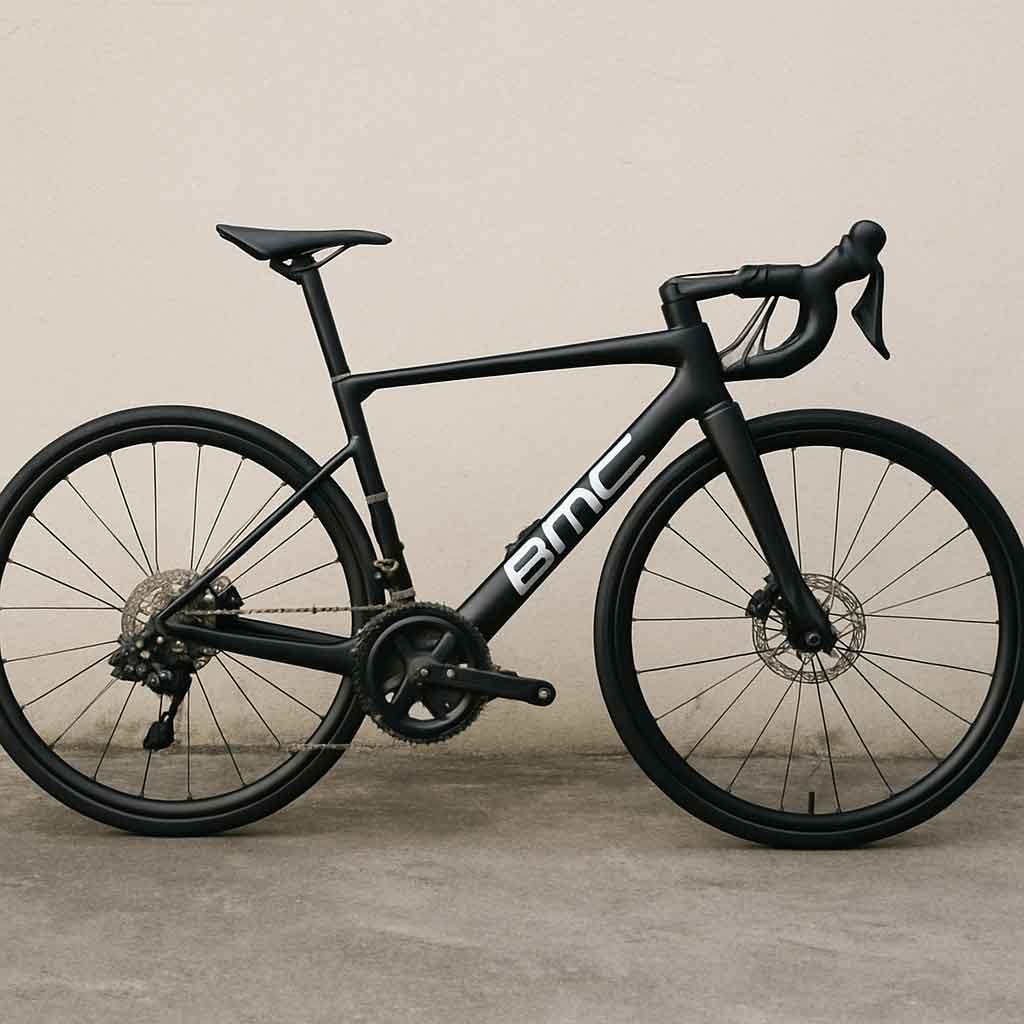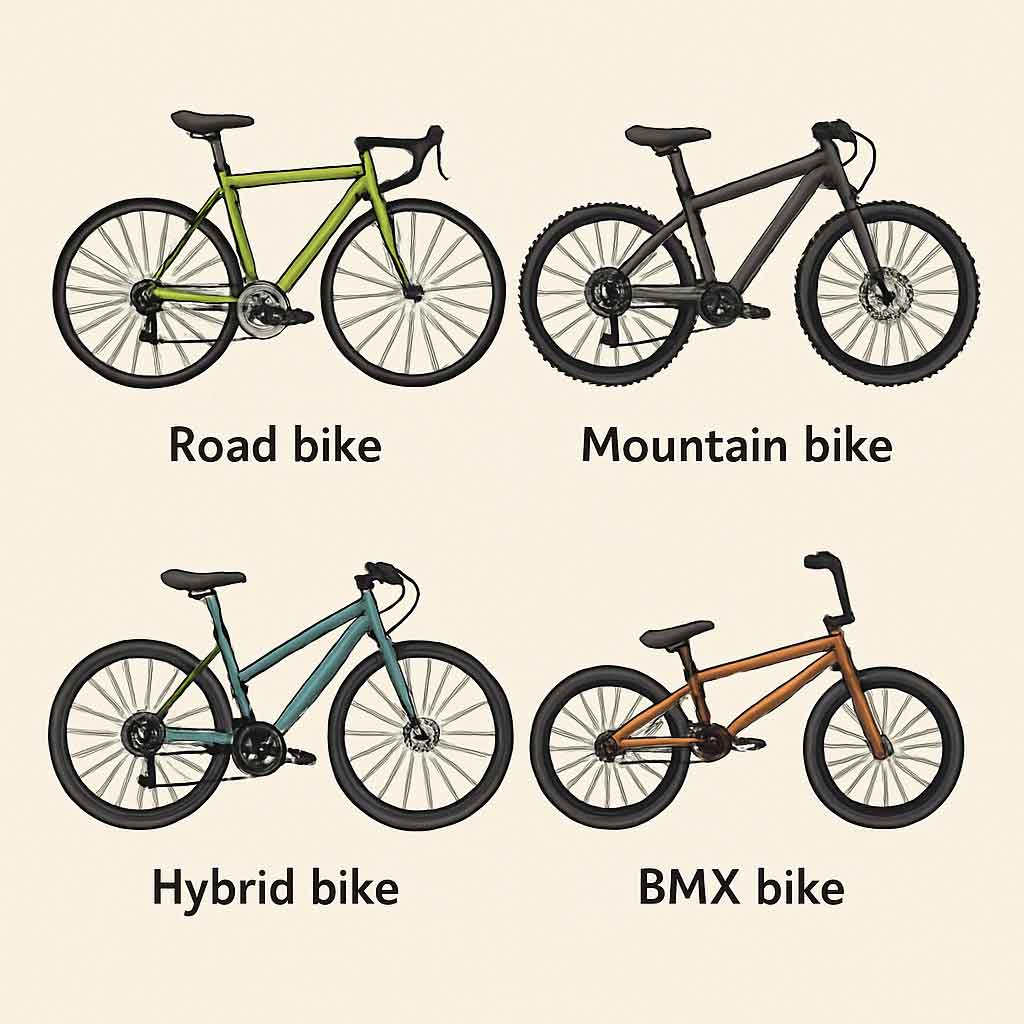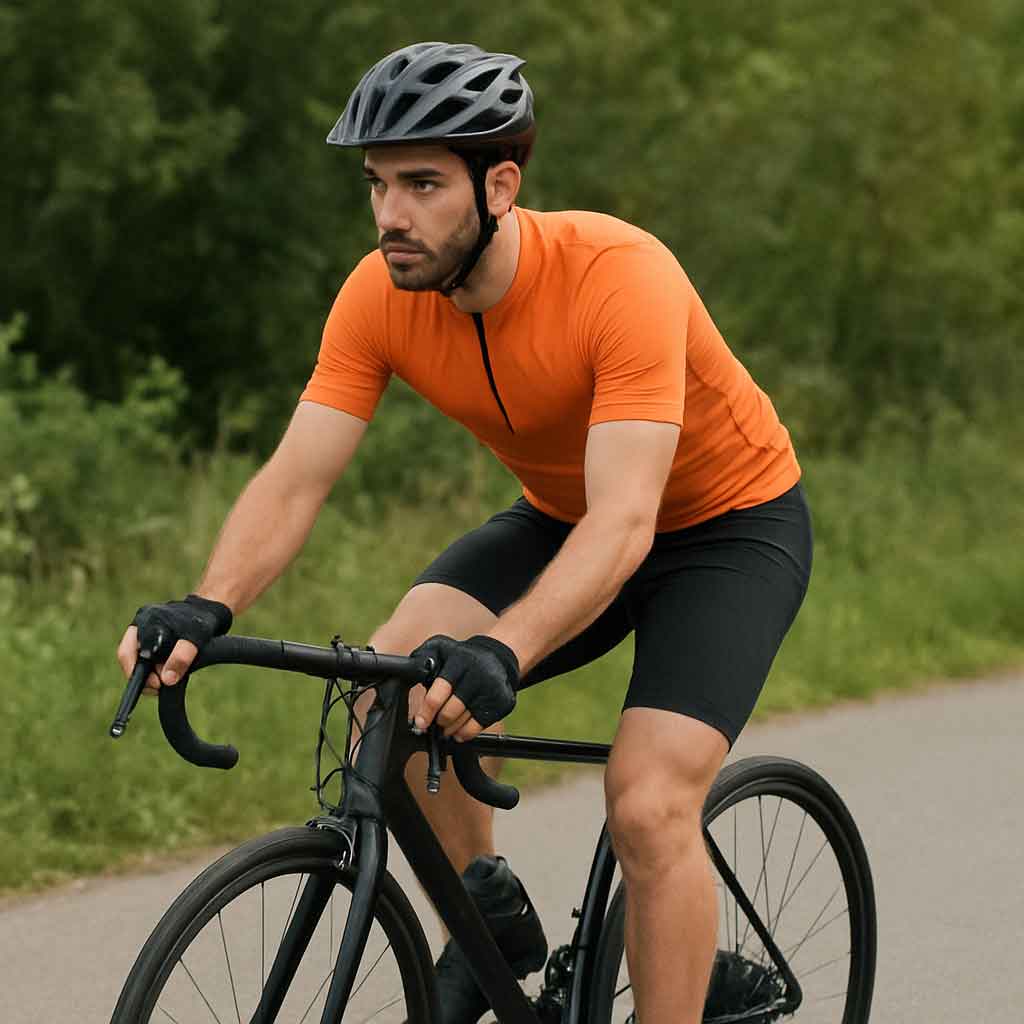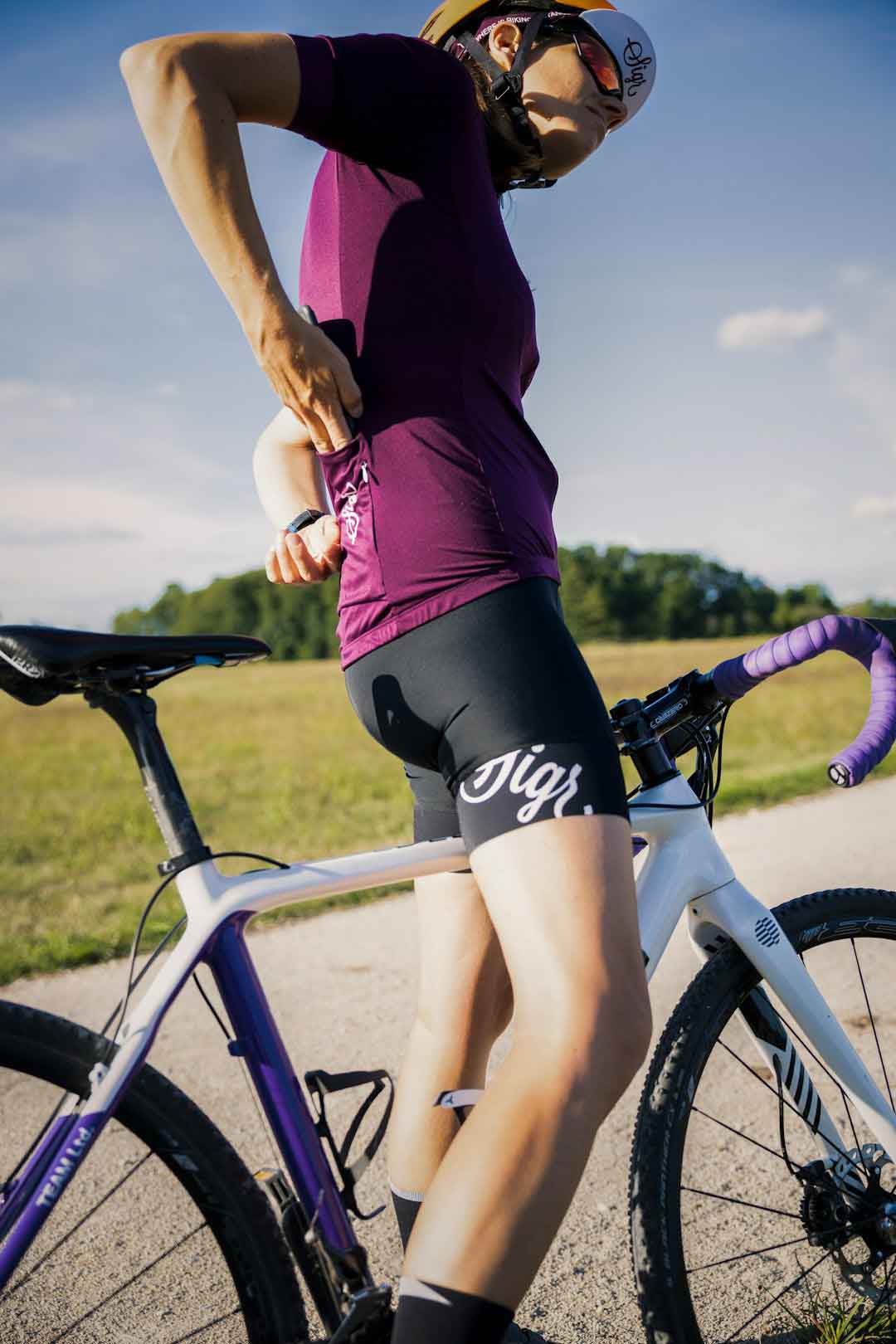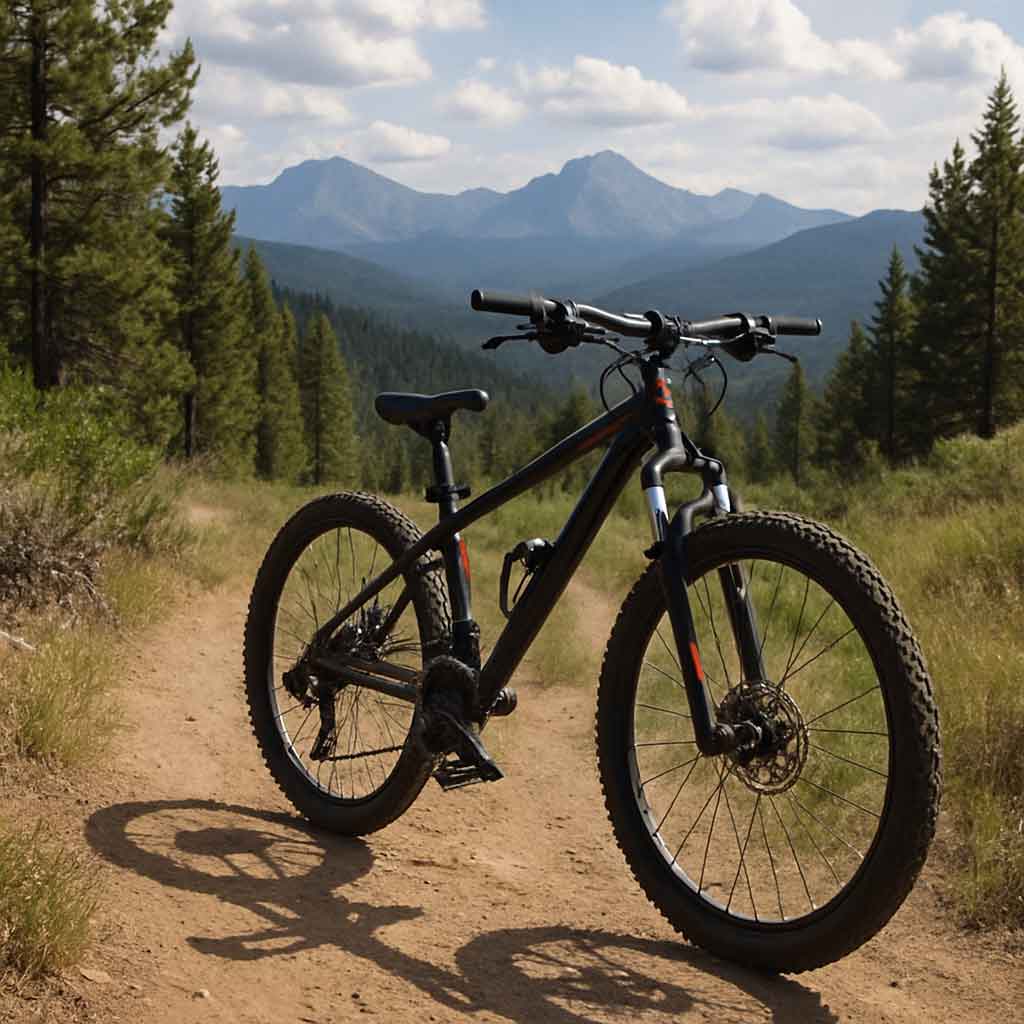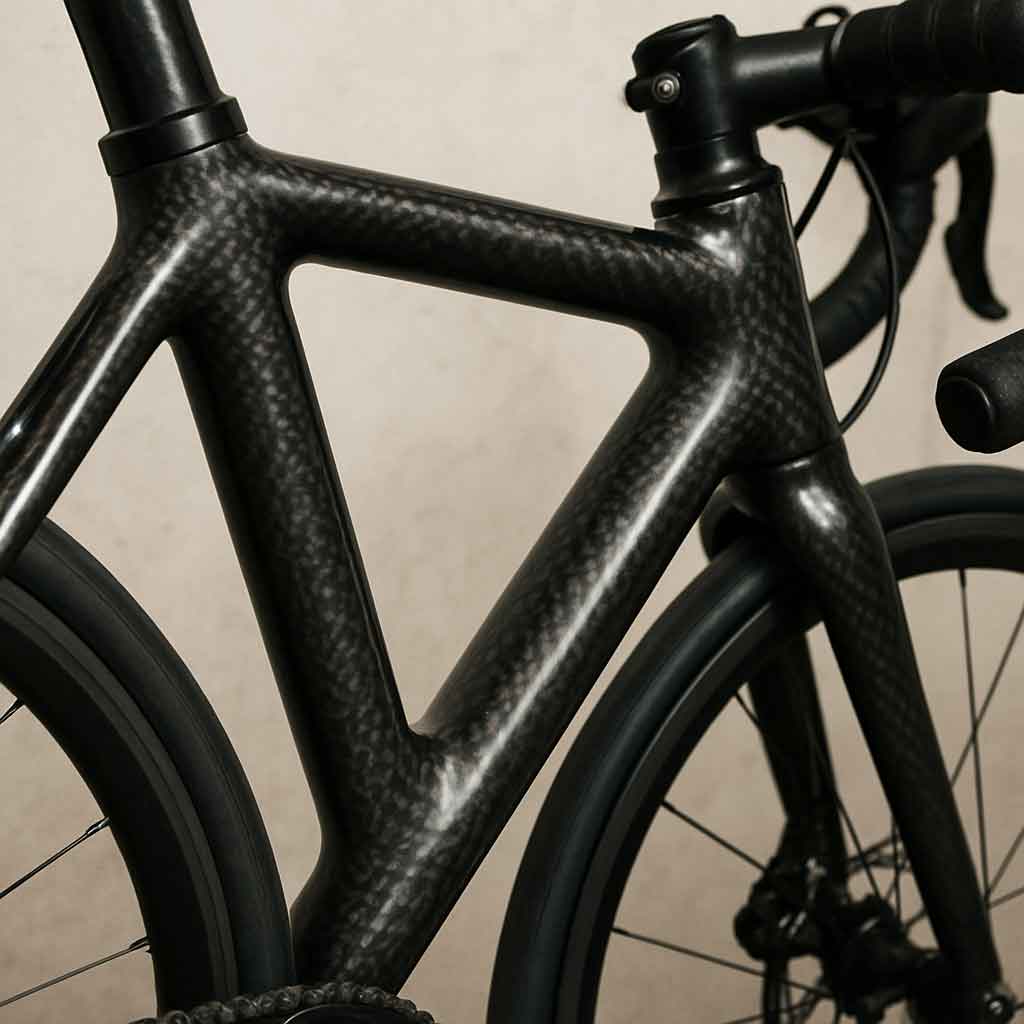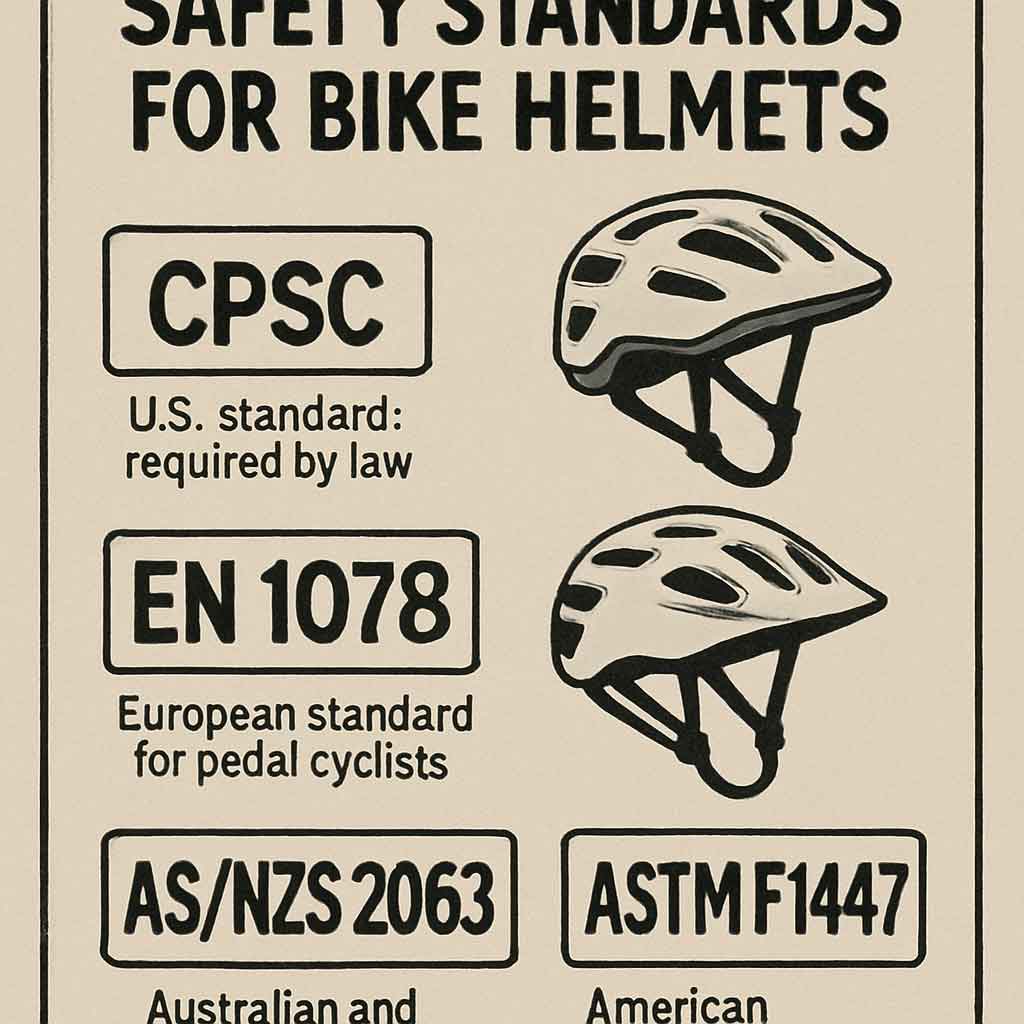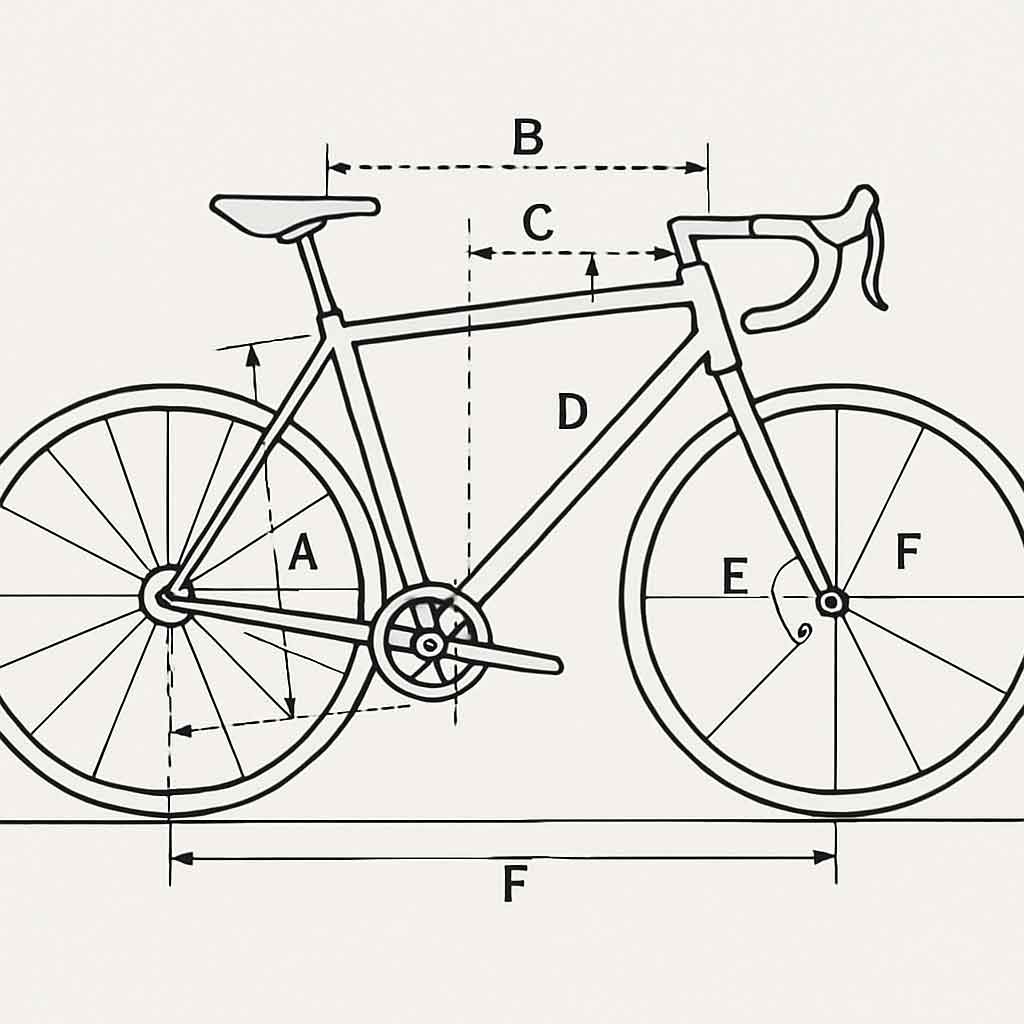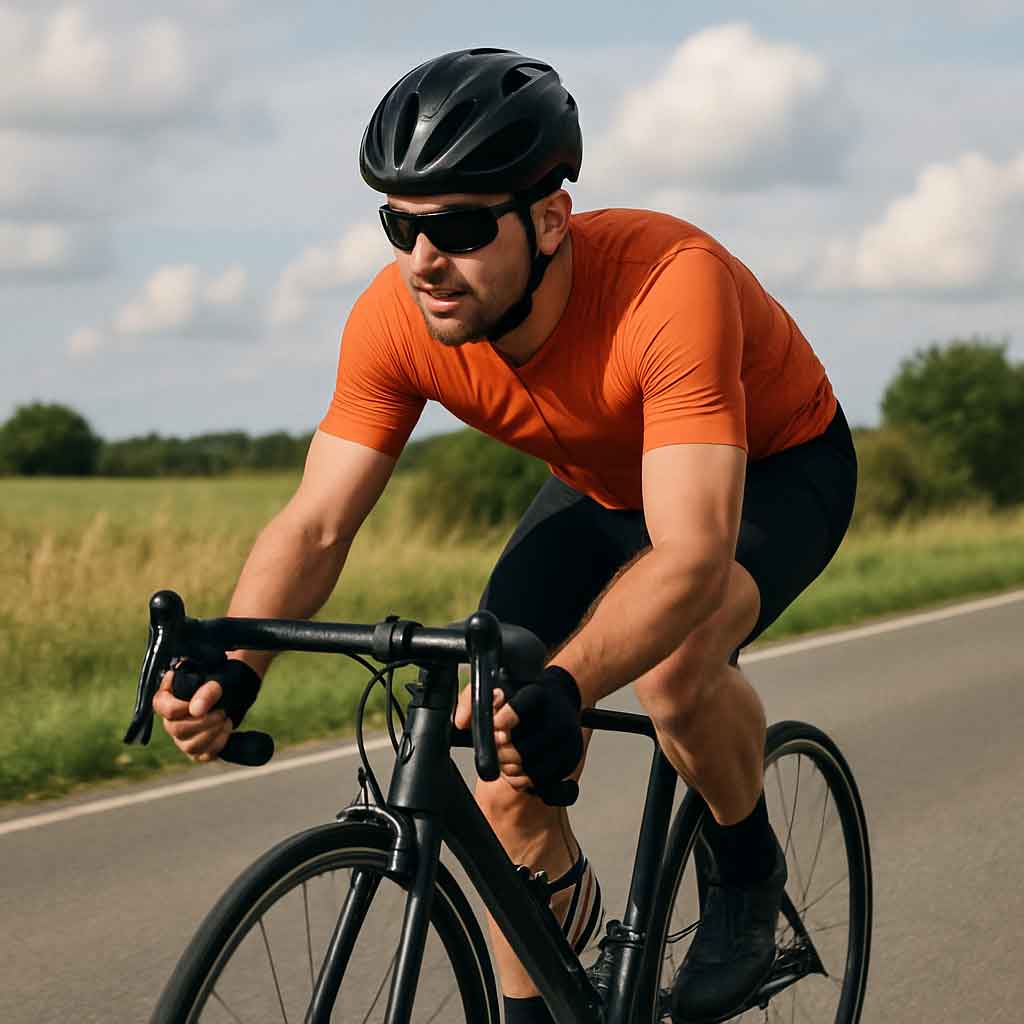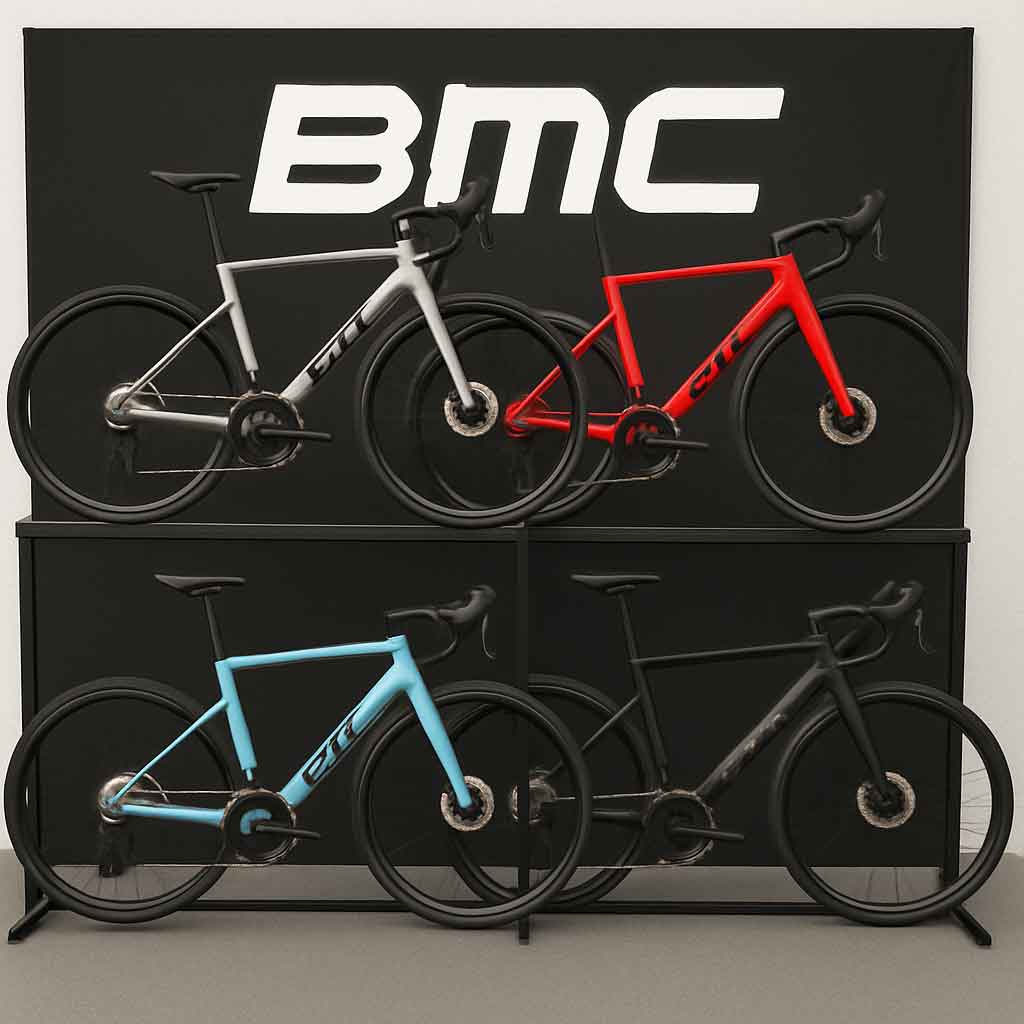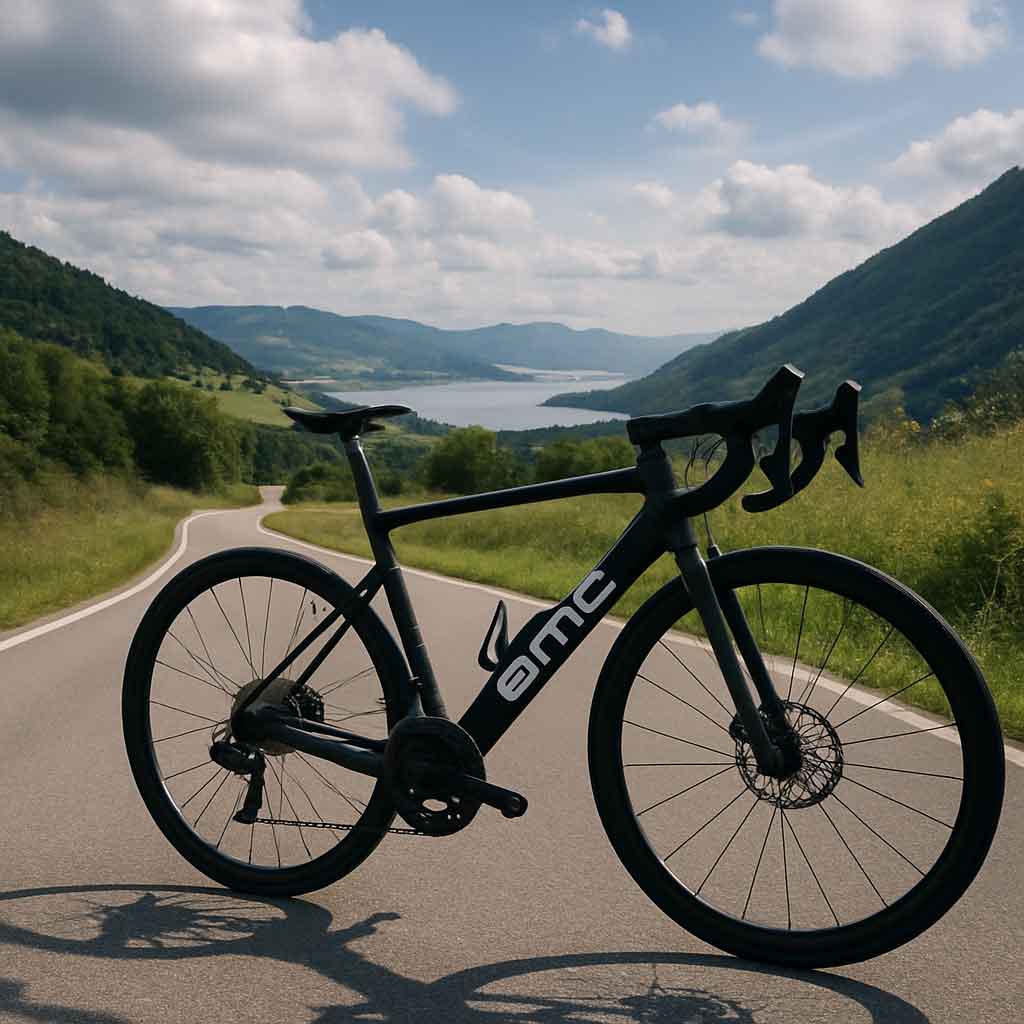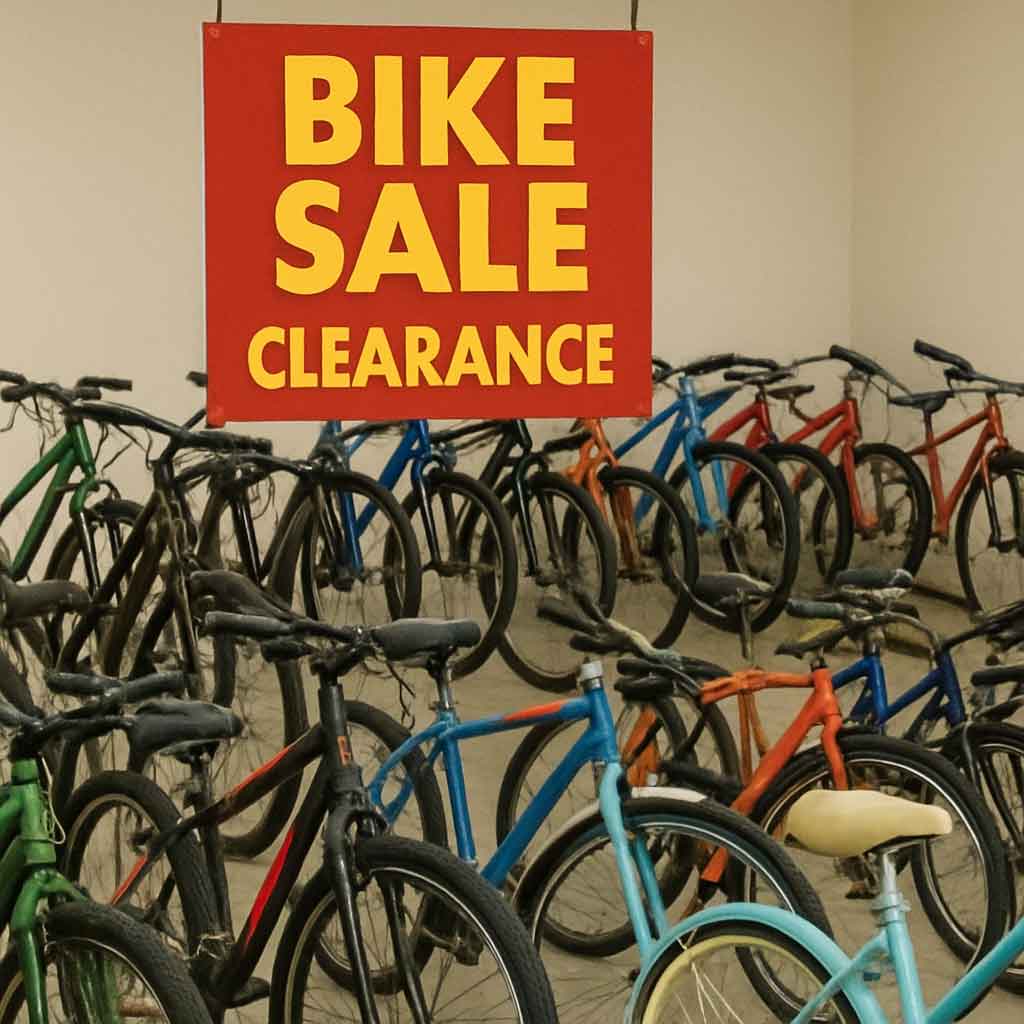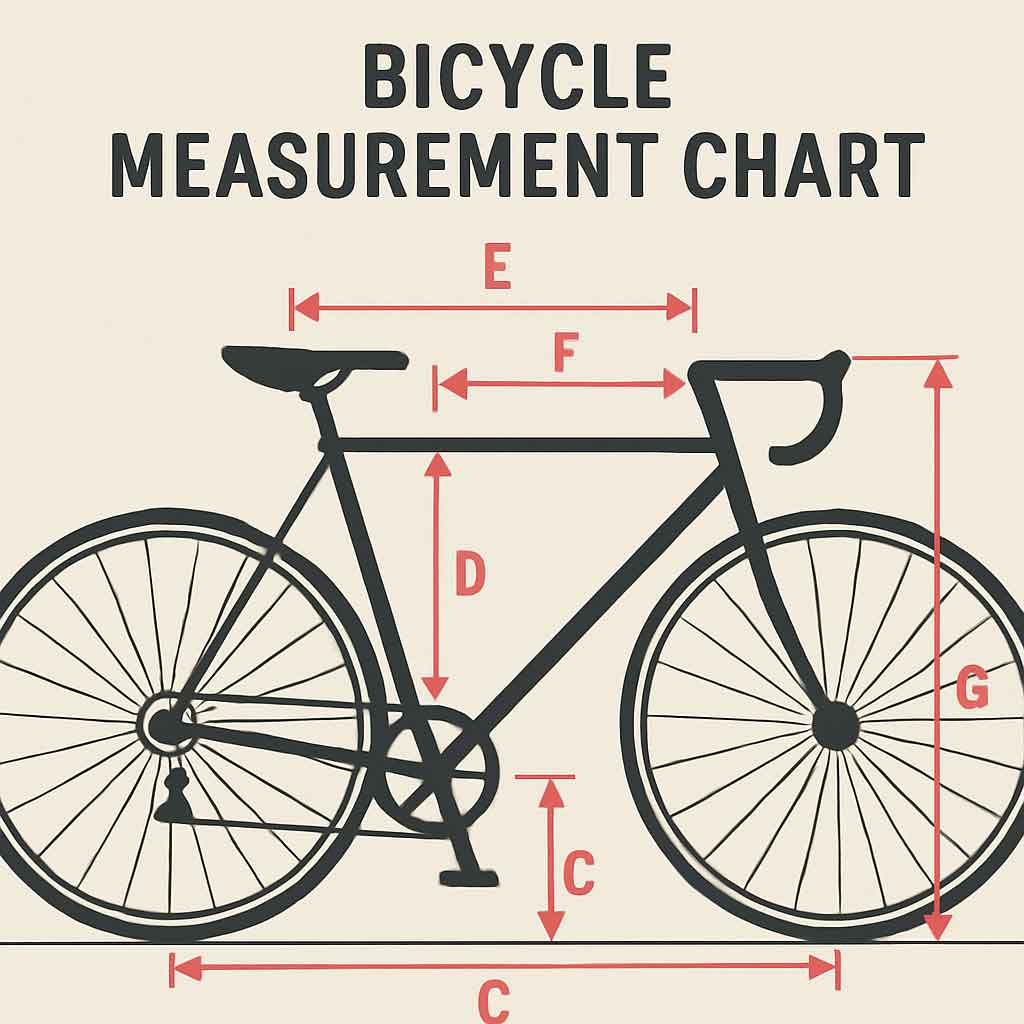
Before diving into the features, it's essential to understand the basic types of bike saddles and their purposes. Generally, bike saddles are designed for different types of cycling, such as road biking, mountain biking, or casual commuting. Each type has unique features that enhance comfort and performance for specific activities.
Types of Bike Saddles
- Road Bike Saddles: These are typically narrow and lightweight, designed for speed and efficiency. They are crafted to facilitate a streamlined posture that reduces wind resistance. While they may not be the most comfortable for long rides, some models incorporate ergonomic designs or additional padding to enhance comfort.
- Mountain Bike Saddles: Built to withstand rough terrains, these saddles often have reinforced edges and extra padding to absorb shocks. They are designed to handle the vibrations and impacts that come with off-road cycling. The materials used are usually more robust, ensuring durability and longevity in challenging environments.
- Commuter Saddles: Designed for daily rides, these saddles prioritize comfort with extra padding and a wider shape. They are crafted to support a more upright sitting position, which is common among city cyclists. The emphasis is on providing a balance between comfort and durability, catering to the needs of those who cycle regularly to work or for leisure.
- Racing Saddles: Focused on performance, these are lightweight and aerodynamic but may require a break-in period for comfort. They are often made from high-tech materials to reduce weight while maintaining strength. Despite their minimalistic design, they provide the necessary support for high-speed cycling.
Specialized Saddles
- Touring Saddles: These are designed for long-distance cyclists who need comfort over extended periods. They often include features like extra padding and ergonomic shapes to reduce fatigue.
- Triathlon Saddles: These are optimized for the unique riding position of triathlon cyclists. They often have a longer nose and additional padding at the front to support the forward-leaning posture.
- Hybrid Saddles: Combining features from different types, hybrid saddles offer versatility for those who engage in multiple cycling activities.
Features of Comfortable Bike Seats
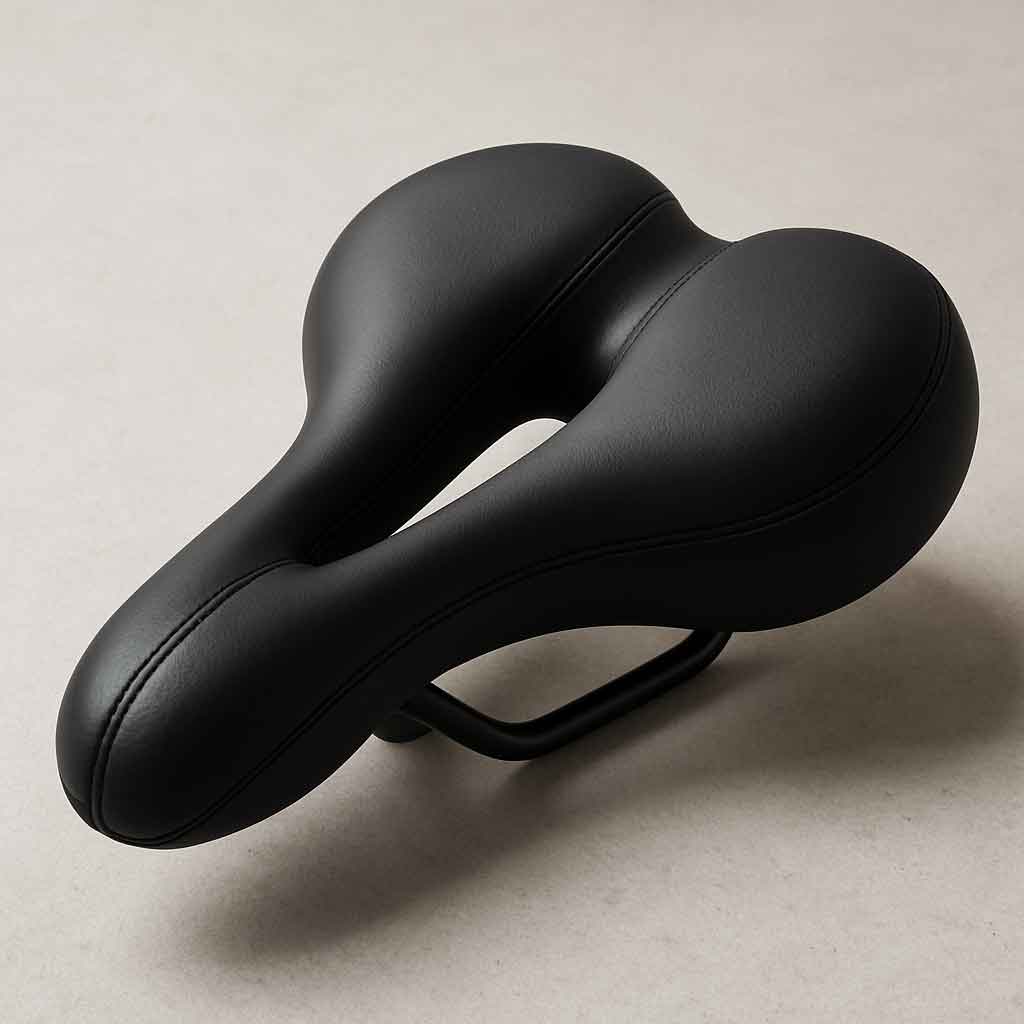
When choosing a bike seat, consider the following features to ensure maximum comfort during your rides.
Ergonomic Design
An ergonomic design is crucial for comfort. It should support your sit bones and reduce pressure on sensitive areas. The best bicycle seats for men and women often have a cut-out or channel design to relieve pressure and improve airflow. These designs help in maintaining proper blood circulation, reducing the risk of numbness during long rides. Additionally, ergonomic designs often incorporate adjustable features that allow cyclists to tailor the seat to their specific body contours.
Padding
The right amount of padding can make a world of difference. Foam and gel are popular materials used in padding. Foam provides firm support, while gel offers softer cushioning. Your choice depends on personal preference and the type of cycling you engage in. Some cyclists prefer a firmer seat that offers better support for longer rides, while others may opt for softer padding that provides immediate comfort. It's important to test different levels of padding to find what works best for you.
Saddle Shape
The shape of the saddle plays a significant role in comfort. A wider saddle is generally more comfortable for casual riders, while a narrower saddle is suited for racers and long-distance cyclists who prioritize performance over comfort. The contour of the saddle should align with your pelvis and riding style. A well-shaped saddle can prevent chafing and provide better stability during rides. Manufacturers often offer saddles in different widths to cater to diverse anatomical needs.
Cover Material
The material covering the saddle affects durability and comfort. Leather is durable and molds to your body over time, while synthetic materials are weather-resistant and require less maintenance. Leather saddles tend to offer a personalized fit as they break in, providing a unique feel for each rider. On the other hand, synthetic covers are often lighter and more affordable, with advanced options offering similar comfort levels to leather.
Rails and Shell
The rails and shell of the saddle contribute to its weight and flexibility. Rails made from steel, titanium, or carbon fiber provide varying levels of shock absorption. A flexible shell can adjust slightly to your movements, enhancing comfort. Steel rails are robust and cost-effective, while titanium and carbon fiber offer lighter, more advanced options. The shell's flexibility is crucial for absorbing road vibrations, which can significantly impact ride comfort.
Adjustability
A comfortable bike saddle should allow for adjustments to fit your body and riding style. Look for seats that can be tilted and moved forward or backward to find your optimal riding position. Adjustability ensures that the saddle can accommodate changes in your posture and cycling intensity. Some advanced models even offer micro-adjustment capabilities, allowing for precise positioning. Proper adjustment can prevent discomfort and injury, especially on long rides.
Choosing the Right Saddle for Men and Women

by Beth Macdonald (https://unsplash.com/@elsbethcat)
When selecting a saddle, it's important to consider gender-specific designs. The anatomical differences between men and women mean that what works for one might not be comfortable for the other.
Bicycle Seats for Men
Men's saddles often have a narrower shape with a central cut-out to relieve pressure on the perineum. Look for options labeled as the best men's cycle saddle or best bicycle seat for men to ensure comfort during rides. These saddles are designed to accommodate the male anatomy, providing support where it's needed most. The cut-out design not only reduces pressure but also promotes airflow, enhancing overall comfort.
Best Women's Cycle Saddles
Women's saddles are typically wider to accommodate wider pelvic bones and often have a central cut-out or groove for pressure relief. The best women's cycle saddle will provide comfort on long rides without compromising performance. These saddles are carefully shaped to support the female anatomy, ensuring that pressure points are minimized. Many manufacturers also offer specific models for different types of female riders, catering to varying preferences and cycling intensities.
Unisex Saddles
For some cyclists, unisex saddles offer a versatile option. These saddles aim to strike a balance between the needs of both genders. They often feature adjustable elements to cater to a wide range of body types. While they may not offer the specialized fit of gender-specific models, unisex saddles are an excellent choice for those who share bikes or prefer a more generalized design.
Recommendations for Different Riding Styles
Casual Riders
For casual riders, comfort is paramount. Look for a wide, padded saddle with a soft cover. A comfort cycle saddle or a bike seat road designed for easy rides can be ideal. These saddles often include extra cushioning and supportive shapes to enhance leisurely rides. Additionally, casual riders may benefit from saddles with suspension systems that absorb road vibrations, making every ride smooth and enjoyable.
Long-Distance Cyclists
Long-distance cyclists need a balance of comfort and performance. A narrow saddle with sufficient padding and a cut-out design can prevent discomfort during long rides. Consider the most comfortable bike seat for long rides to enhance your cycling experience. These saddles are crafted to reduce fatigue and prevent pressure points from developing. Investing in a high-quality long-distance saddle can make extended cycling trips more enjoyable and less taxing on the body.
Racers
Racers require lightweight, aerodynamic saddles that do not compromise speed. Opt for a race bike saddle with minimal padding and a sleek design. The best race bike saddle should enhance performance while providing enough support. These saddles are engineered to reduce drag and improve pedaling efficiency, crucial for competitive cycling. Despite their minimalist design, they are built to provide adequate support, ensuring that riders can maintain high speeds comfortably.
Urban Commuters
Urban commuters need saddles that offer comfort and practicality. Look for durable materials and designs that can withstand daily use and varying weather conditions. A well-cushioned saddle with a waterproof cover can be beneficial. These saddles often feature reflective elements for added safety during night rides. The focus is on creating a reliable and comfortable experience for daily commuting.
Taking Care of Your Bike Saddle
To ensure your bike saddle remains comfortable and functional, regular maintenance is essential. Keep it clean, check for wear and tear, and make adjustments as needed. Proper care will extend the life of your saddle and maintain its comfort features. Cleaning should involve gentle scrubbing to remove dirt and debris, followed by conditioning if the saddle is leather. Regular inspections can catch early signs of damage, preventing further deterioration. Adjustments should be made periodically to accommodate changes in your riding style or posture.
Cleaning and Conditioning
Regular cleaning can prevent dirt buildup, which can cause wear over time. For leather saddles, conditioning helps maintain flexibility and prevents cracking. Synthetic materials require less maintenance but should still be cleaned to preserve their appearance and function.
Inspection and Repairs
Frequent inspections can identify issues such as loose rails or damaged covers. Addressing these promptly can prevent further damage. If a repair is needed, consult a professional to ensure it's done correctly.
Adjustment and Replacement
Periodically adjust your saddle to accommodate changes in your body or riding style. If a saddle becomes uncomfortable or damaged beyond repair, consider replacing it with a model that better suits your current needs.
Conclusion
Choosing the right bike seat is crucial for a comfortable and enjoyable cycling experience. By considering features such as ergonomic design, padding, and adjustability, you can find a saddle that suits your needs. Whether you're a casual rider or a seasoned racer, investing in a comfortable bike seat can make all the difference. Remember to select a saddle that aligns with your riding style and personal preferences for the best results.
With the right saddle, every ride can be a joy. Happy cycling!
Final Thoughts
Investing in a comfortable bike seat enhances not only your cycling experience but also your overall well-being. The right saddle can prevent discomfort and potential injuries, allowing you to focus on the joy of riding. As you explore different options, consider testing multiple models to find the perfect fit for your cycling needs.

